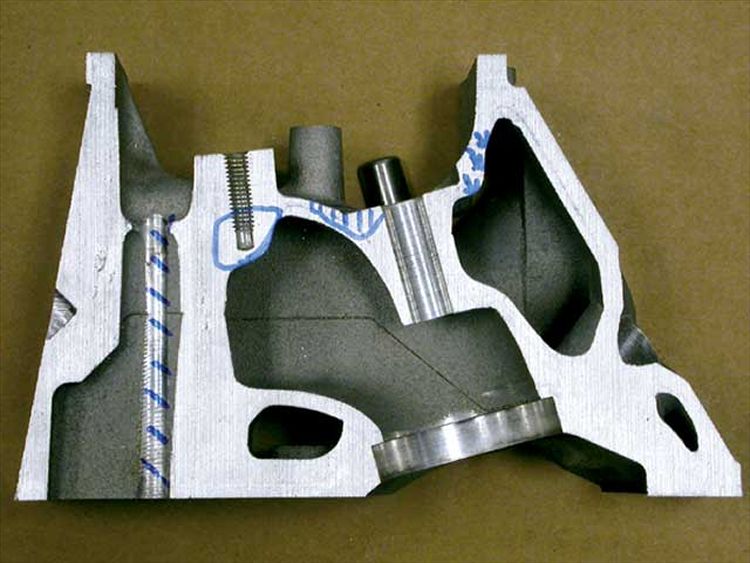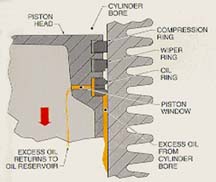Looks good to me. But the 2nd and 3rd pics are hard to tell anything, since the background is dark by having the spring behind it as it's background. The witness mark pretty much tell you what you need to know.
All I can say is I did it for only one cylinder, intake and exhaust. You certainly can't go wrong by checking all the valves. It just might catch some other problem, but related to the valve train.
All I can say is I did it for only one cylinder, intake and exhaust. You certainly can't go wrong by checking all the valves. It just might catch some other problem, but related to the valve train.












